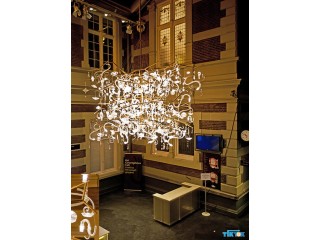A guide to cable ties Private
2 years ago - Multimedia - San Antonio - 59 views -What are cable ties and what are they used for?
They’re fasteners that bundle your cables and wires together to keep them organised and prevent damage. They come in different sizes, lengths, materials and even colours. The different uses of Cable Ties vary across industries, but what they all have in common is that they’re the most effective way to manage your cables.
First, let’s get a picture of the type of cable ties available. The table below is by no means exhaustive, as there are subsets of cable ties within this table. For example, standard cable ties can be weather resistant, which gives them different applications than their cousins’.
Standard cable ties are a fantastic all-rounder, but when you need specialised cable ties, you can get those too.
Nylon
The most common material for cable ties, nylon is a tough material with good thermal, and abrasion resistance. It also resists fuels and most chemicals. Nylon 6/6, the grade most often used for cable ties, meets UL 94 V-2 flammability ratings and has a working temperature range from -40°C to 85°C.
Nylon Cable Ties can be heat stabilised for continuous or extended exposure to high temperatures of up to 121°C. The cable tie manufacturing process can also produce UV stabilised ties for outdoor use. For example, you can have the same cable tie, but manufactured for different applications.
Stainless Steel
Stainless Steel Cable Ties provide high tensile strength. They can also stand extremely high temperatures, from –200°C to 538°C. There are two types of stainless steel used in cable ties: 304 and 316. Type 304 is used for general purposes, with both indoor and outdoor applications. When corrosion is a threat, it’s Type 316 you need.
Cable Glands - What Are They?
A Cable Gland (more often known in the U.S. as a cord grip, cable strain relief, cable connector or cable fitting) is a device designed to attach and secure the end of an electrical cable to the equipment. Cable Glands address an essential requirement in cable management planning and implementation. Their foremost purpose is to grip and seal electrical cables where they pass through a dividing barrier, such as upon entry to a piece of equipment or where they pass through a bulkhead or panel. This is achieved by gripping either the outer sheath of the cable or the armour wire, or by a combination of the two. Cable glands are available in countless designs and features but these can be distilled down to four essential functions.



















